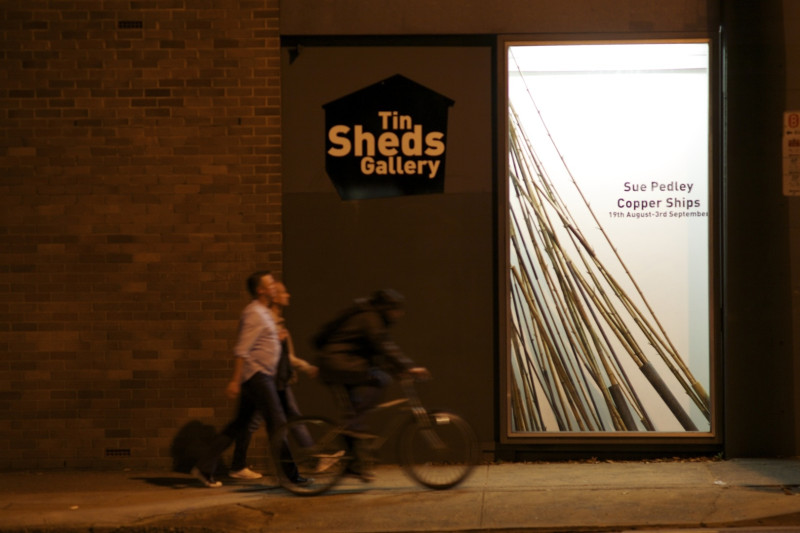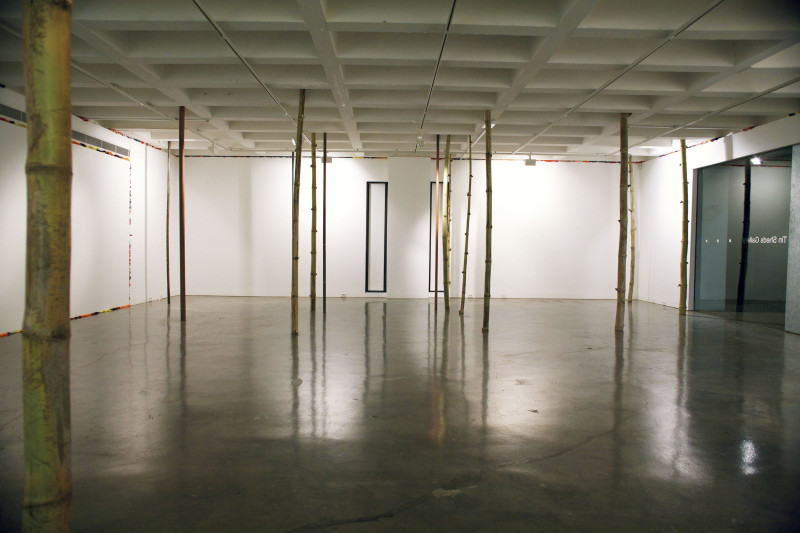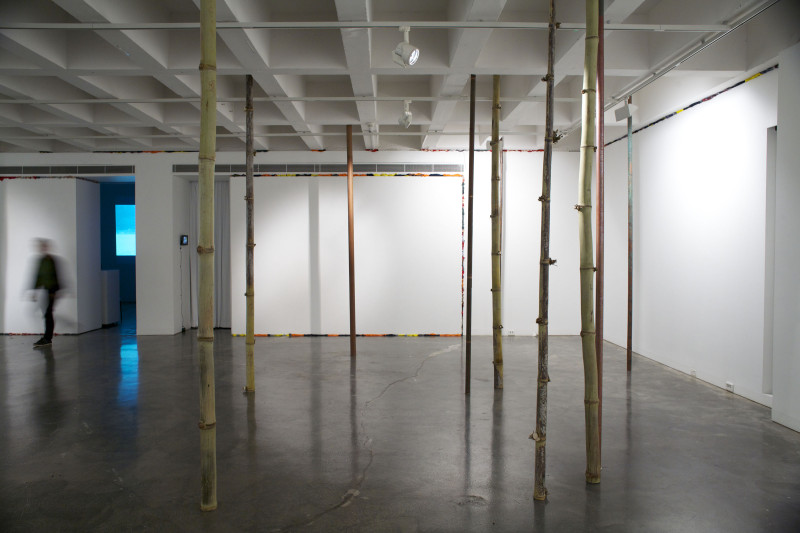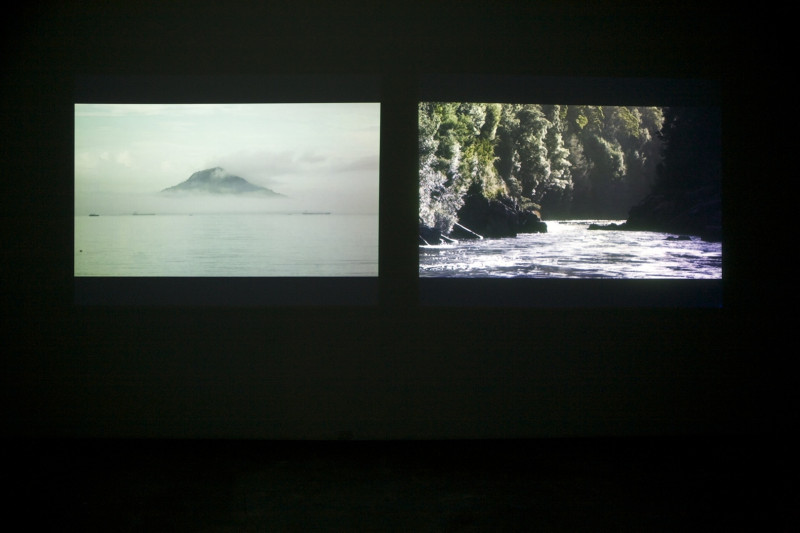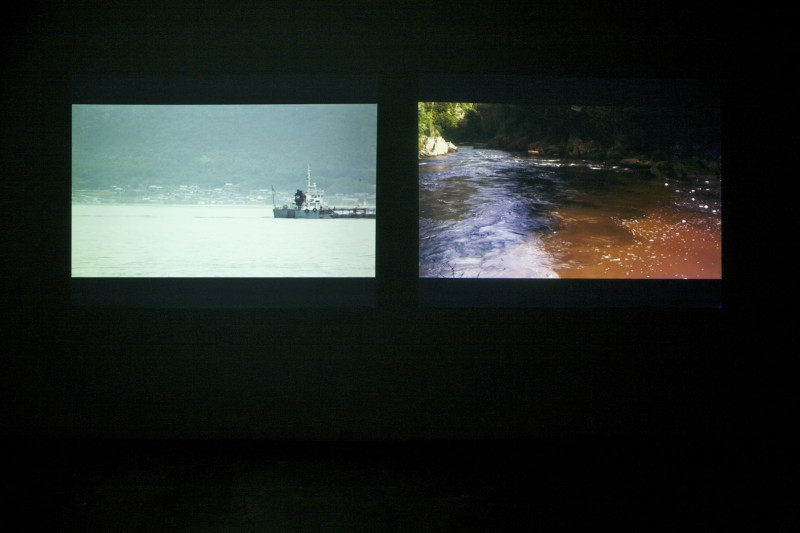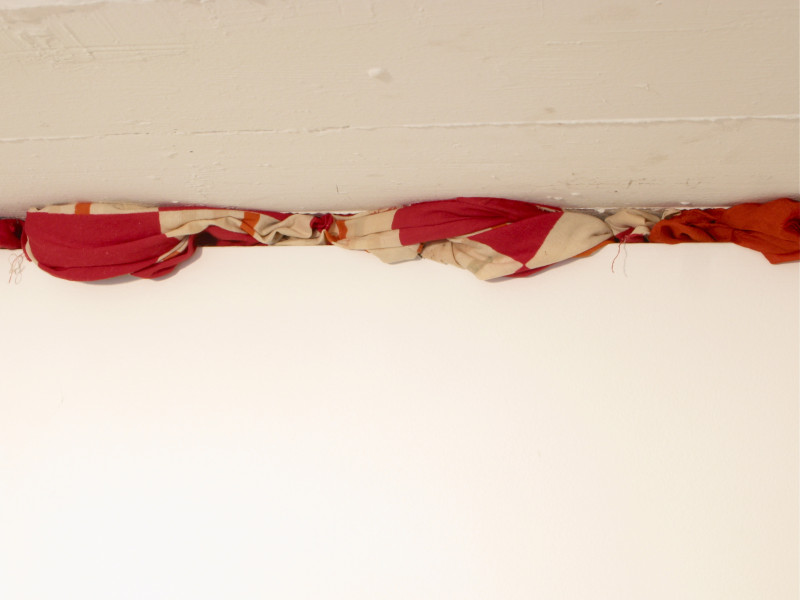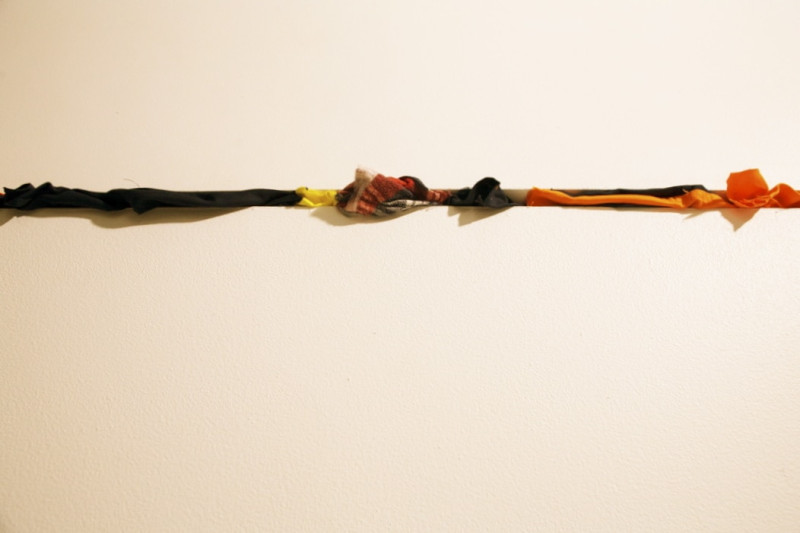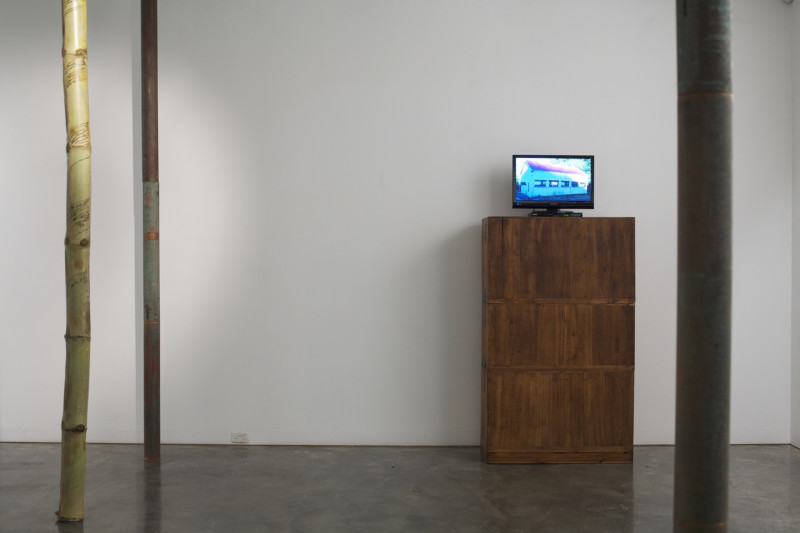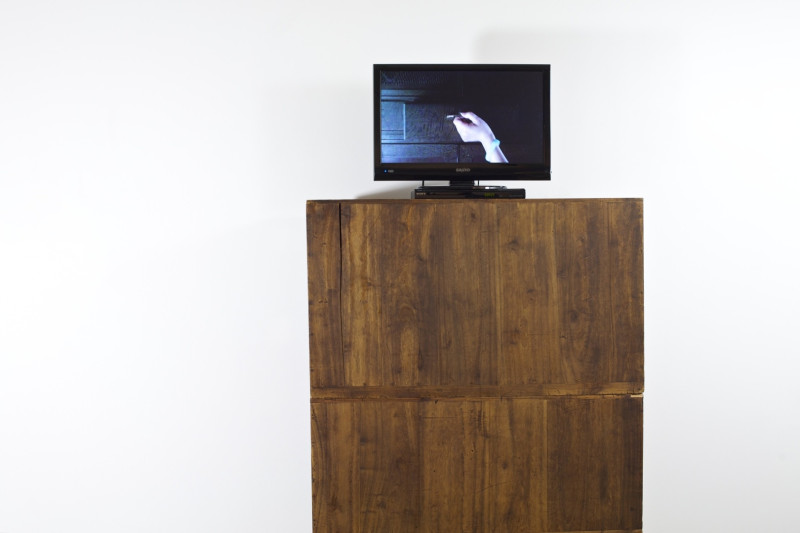Copper Ships
Copper Ships drew on earlier research undertaken in west coast Tasmania and the seaways of Teshima, Japan. In 2010 I spent seven weeks on the island of Teshima, in Japan’s Inland Sea, developing a work for the 2010 Setouchi International Arts Festival. Later, during a 2011 residency at LARQ (Land Art Research Queenstown), Tasmania, I worked at various mining-related sites: the Mt Lyell Copper Mine; a deserted hydro village at nearby Lake Margaret; and the river junction of the Queen and King Rivers.
In each place I investigated the history of the site, as well as the materials and types of activity that make up its identity, working through the links between daily experience, place, aesthetics and nature.
Copper is the conduit that historically connects the lives of people in these two places. In the post-WWII period, the thousands of freighters that use the Inland Sea each day and night included ships carrying copper ore from Tasmania to Japan, one of the mine’s most important customers.
As places that have relied on the exploitation of natural resources – mining and fishing – for survival, both Tasmania and Teshima have since had to deal with the toxic consequences of this exploitation. From 1970 to 1990 Teshima was an illegal dumping ground for toxic waste that is only now being removed by ship and recycled on a neighbouring island. In Tasmania the scarring of the ‘moonscape’ mountains of Queenstown by acid rain ceased in 1965, but acid drainage from a copper mine into the river system continues.
Copper Ships brought together a variety of materials – architectural forms in copper and bamboo, fragments of cloth, video – to create a confluence of sites, cultures, memories and layered histories.
The work’s starting point was the floor plans of two structures: an abandoned house on the island of Teshima, Japan, and a community hall in Lake Margaret, a once vibrant hydro village near Queenstown, Tasmania. In the gallery I created a 3D plan of each structure, placing bamboo poles from floor to ceiling to represent the Japanese house and copper tubes to represent the community hall. Fragments of cloth from both sites were pressed into gaps in the gallery’s partition walls. Of the two videos works screened in the adjacent space, one was shot on the Inland Sea and the other at the confluence of the King and Queen Rivers near Queenstown, Tasmania.
Dityche HD video with sound loop Editor Virginia Hilyard
At the confluence of the King and Queen Rivers, Tasmania. Duration: 10 min.
View of ships from Teshima, Seto Inland Sea, Japan. Duration: 14 min.
- Date
- 2011-08-18
- Gallery
- Tin Sheds Gallery, Sydney
- Materials
- Bamboo, copper , cloth, video
- Documents | PDFS
- 1. Artist Statement
More installation works
-
Kinaesthetic 2023

-
Line Work: Rivers of the Basin 2022

-
Otolith: in the ear of the fish 2019

-
Patches of Light 2019

-
Tracing Water - museum 2018

-
Tracing Water 2018

-
Orange–Net–Work 2017

-
Rolling Musical Screech 2017

-
Daughters Mothers 2015

-
Birch Bridge 2014

-
Copper Ships 2011

-
Resound Tess DeQuincy 2011

-
Harmonica 2010

-
Art Walk - Foot People 2009

-
Uv'la Marina 2007

-
Blue Jay Way 2006

-
Haze 2006

-
Sound of Bamboo - Gallery 4A 2003

-
Sound of Bamboo 2002

-
Sound of Lotus 2001

-
Quarrying Memory 2000

-
The Convict and the Jew 1999

-
Drawing On Rock 1997

-
Listening to Clara Ethel & Ada 1997

-
Under the Pier 2 1996

-
Under the Pier 1996

-
Humidity 1995

-
Frescoes Assay 1994

-
Stains, Frescoes III Riverbed 1994

-
Tide 1993

-
Combing 1991

-
Frescoes 1991

-
Blue Edges 1990

-
The Element Orange 1990





